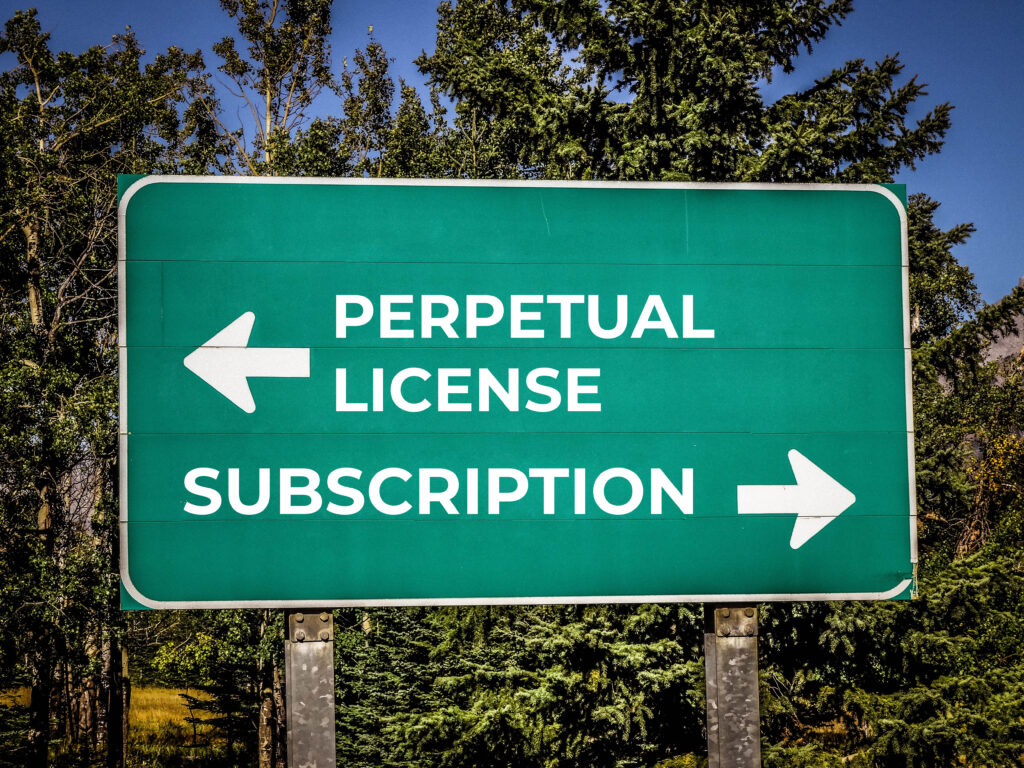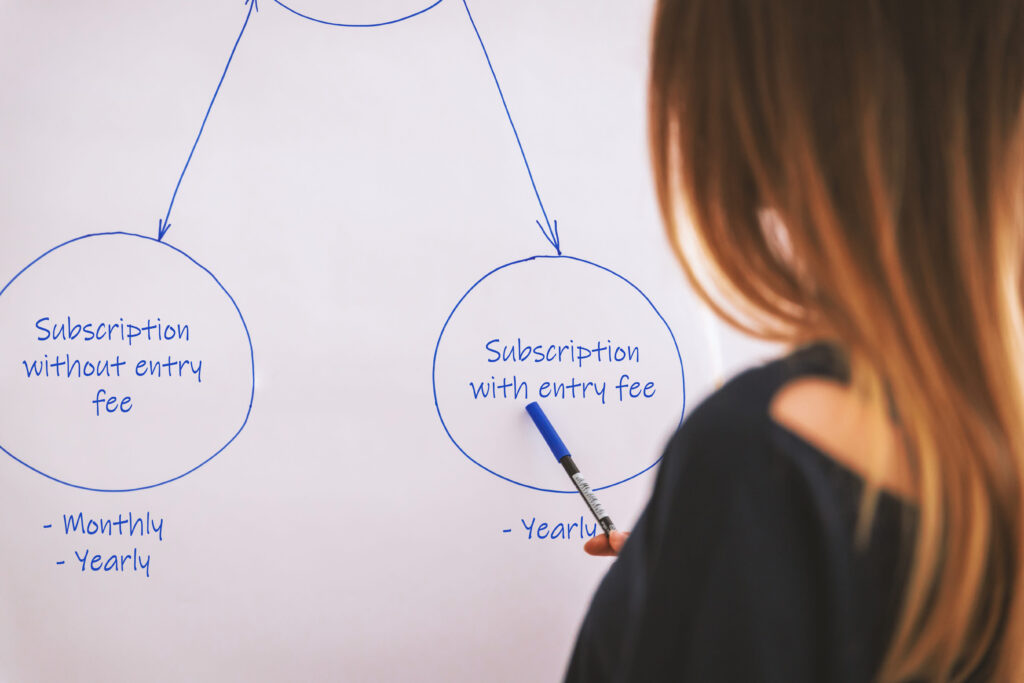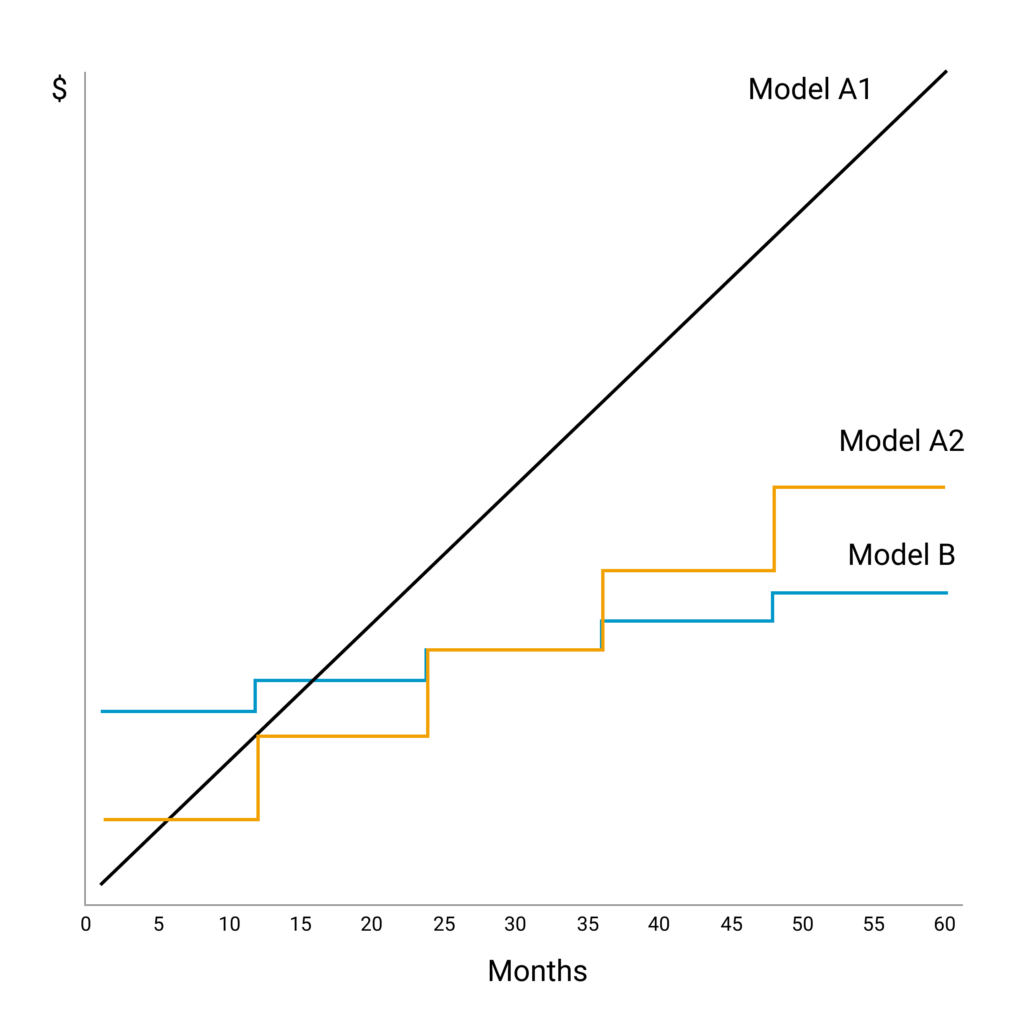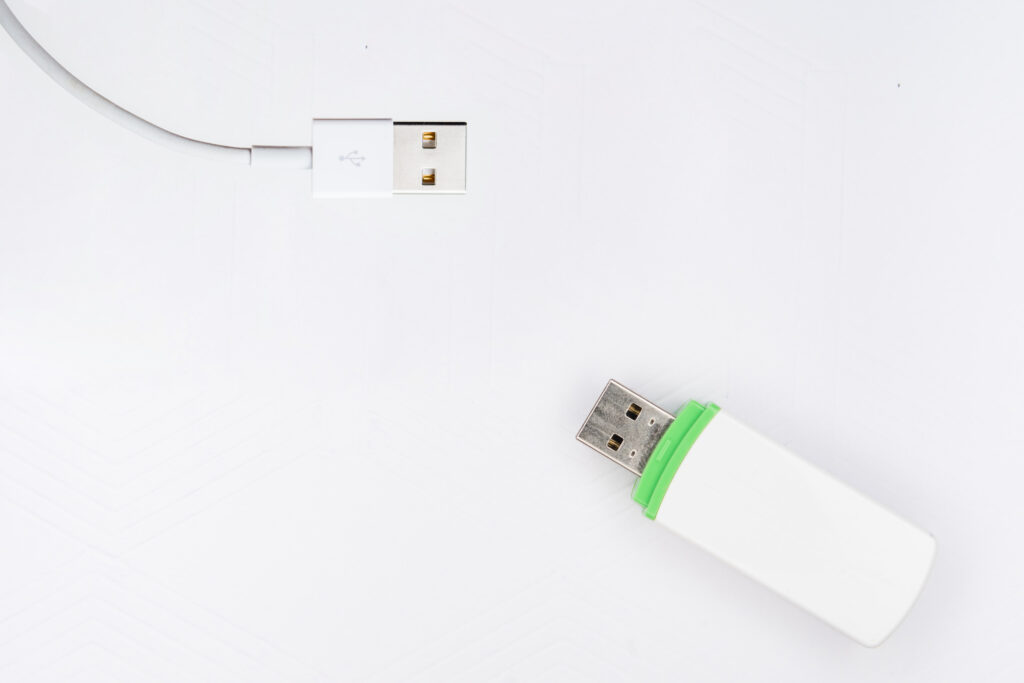Part 1 – Software licensing
Due to the radical growth of the use of software products in every part of our life the licensing options have been significantly changed and developed to handle all the different needs. As we have also been growing and expanding our services, we had to rethink what values we want to deliver for our clients and how we can provide and sell them most efficiently. From the release of Consteel 15 we start to gradually reform our licensing system, this article provides the background and directions of this process.
Our services are still built around our core software solutions so the structure and conditions of how to use them are defined primarily by the licensing system. On the other hand, we provide an increasing amount of various supplementary services to our users – from support and training materials through modern scripting options to collaborative online services.
We strongly think that these services are very important components in creating an efficient structural design workflow around our software solutions.
Finally, the demands and possibilities of how to access the software and the services have also been significantly changed and the pandemic times showed a couple of new remote and collaborative working modes.
We would like to present our answer to all of these issues so the article is divided into 3 parts showing
- (1) our new licensing model,
- (2) delivery of our supplementary services and
- (3) our new accessing model.
This first part deals with software licensing.

Perpetual license or subscription
Perpetual licensing is the most traditional software licensing model, it has been and is still used by most of the structural design software vendors including us. In this model, the customer purchases a software license once and keeps it forever.
However, first it should be noted that no real perpetual license is existing.
This has been the case in the past, but it is especially true today. This is because no single software product can be used on its own without a number of special software and hardware requirements. The most important ones are the certain type and version of operation system, processor, memory, display system, resolution etc.
Having seen, however the rapidly changing software and hardware technology the purchased version of the software can operate only during a small time slot while the original conditions are available. The more and more frequent updates in the operating systems (especially regarding data protection), the applicability on the quickly developing desktop computers with high-resolution screens as well on novel laptops and notebooks requires continuous upgrading of the original software version to ensure the constant level and bug-free operation.
Accordingly buying a perpetual license for a particular version of a software without subscribing to software updates results only a limited time of efficient use. The classic subscription system, where the use of the software is subject to continuous, periodic payment, can be a solution for this problem since the user can always access the latest versions.
However, the payment of the perpetual license together with continuous software upgrade is nothing else than a special kind of subscription where a larger initial payment is followed by moderate amounts of periodic fees. It can be concluded that a perpetual license without continuous upgrading makes problems for the developers and the users as well,
so the subscription type of software licensing seems more appropriate to today’s demands.

Company investment or project cost
The structure of payment for software licenses can be analyzed from another point of view as well. In the operation of a company the purchase of a software license can be regarded as two different cost types:
- (1) an investment cost with the aim of strengthening the overall profile of the company
- (2) a project cost with the aim of providing an efficient tool for a certain project
Even the accounting is different for such costs, but also the payment structure must also adapt to these different situations. In the first case, the software is considered as a basic tool for the long-term operation of the company, serving continuously their core business. They build their workflow on the software; they are seeking employees with skills in that software etc. Moreover, an initial investment with a larger amount of cost could also be justified by several forms of grants supporting the procurement of software tools of the company.
In the second case, the software is planned to be used only within a short period of time generally connected to a specific project where the software can be a necessary tool. The company does not plan with the use of the software beyond that project, and it is not an essential tool for their core business or day-to-day workflows.
It is obvious that in the first case the suitable solution is a perpetual type licensing model where the initial investment is a one-time license fee followed by the moderate additional yearly upgrade fee. This solution is less sensitive to possible fee changes, and the initial investment can be amortized or supported by external sources. In the second case, the periodic (generally monthly) subscription is a better choice.

Our new licensing solutions
First of all, the perpetual license type will gradually be phased out from our licensing model, and we are going to switch completely to subscription. However, we would like to offer a solution for both of the cost options presented in the previous section. Accordingly, besides the well-known subscription type with equal periodic (monthly, yearly) fees we introduce a second subscription possibility as follows:
Model A. Subscription without entry fee
Classic subscription model with periodically billed fees of equal amounts. The subscription can be ended and restarted at any time. Ideal for project-based software use. Two types will be introduced:
- A1. Monthly subscription
- A2. Yearly subscription
Model B. Subscription with entry fee
A modified subscription model where the first, entry fee is a larger amount followed by an equal periodic fee term with significantly lower fees compared to Model A. The subscription can be paused with special conditions (see later). Ideal for company-based software use. Only yearly subscription is available.

Since the two models serve substantially different business models it is important to note that there is no possibility for switching between the two licensing models.
In the following, some additional licensing aspects will be briefly discussed.
Multiple seats
In software licensing models there is traditionally some discount policy for multiple users or more exactly for companies buying software licenses with multiple seats (possibility for parallel access for more end-users). This is a good and legitimate tradition given that the extra seats do not represent an extra cost for the software producers. In our new licensing model this quantity discount will be available for both versions with the same percentage. For Model A2 and Model B, the discount goes to multiple seats in one license with the same renewal day. Accordingly, new seats with subscription fees reduced by quantity discount can be added to the license at any time but the renewal date will be the same as for the earlier seats. For Model A1 the quantity discount rate is based on the summa number of seats in the license at the beginning of the period. In this way, new seats with the full-length monthly subscription (Model A1) can be added to Model A1 and Model A2 as well at any time.
License intermission
Although for intermittent software use the Model A is recommended, it can happen with companies invested in subscription Model B that the software is out of use for a certain period. In this situation, the license can be paused for up to 3 years not paying the yearly fee. Within this timeframe return to the license with the same conditions is allowed. However, after 3 years of license intermission, the license will be lost, the return can be done with a completely new license only.

License protection
There will be two types of protections available for the Consteel licenses: the usual hardkey (single and network) or the online protection. The online protection type is relatively new for Consteel users, but it is an own developed, very flexible, and comfortable tool for any licensing option, so we strongly recommend switching or choosing this type of protection. In the brand-new online license administration tool, the software seats, accesses, and end-user permissions can be easily managed, it will be presented more in detail in the third part of this series.



